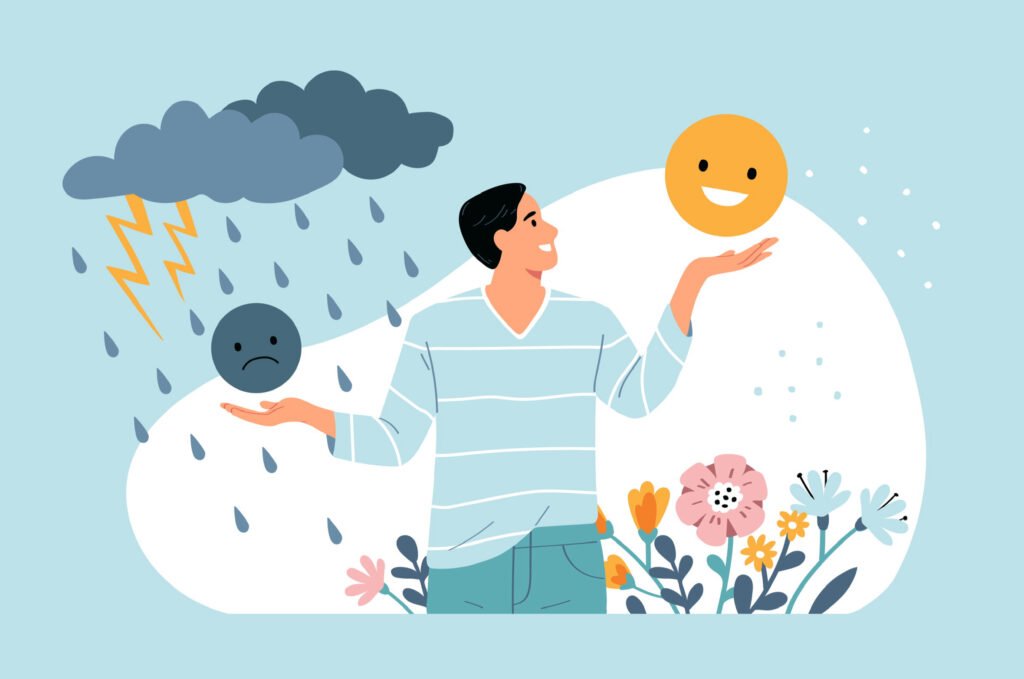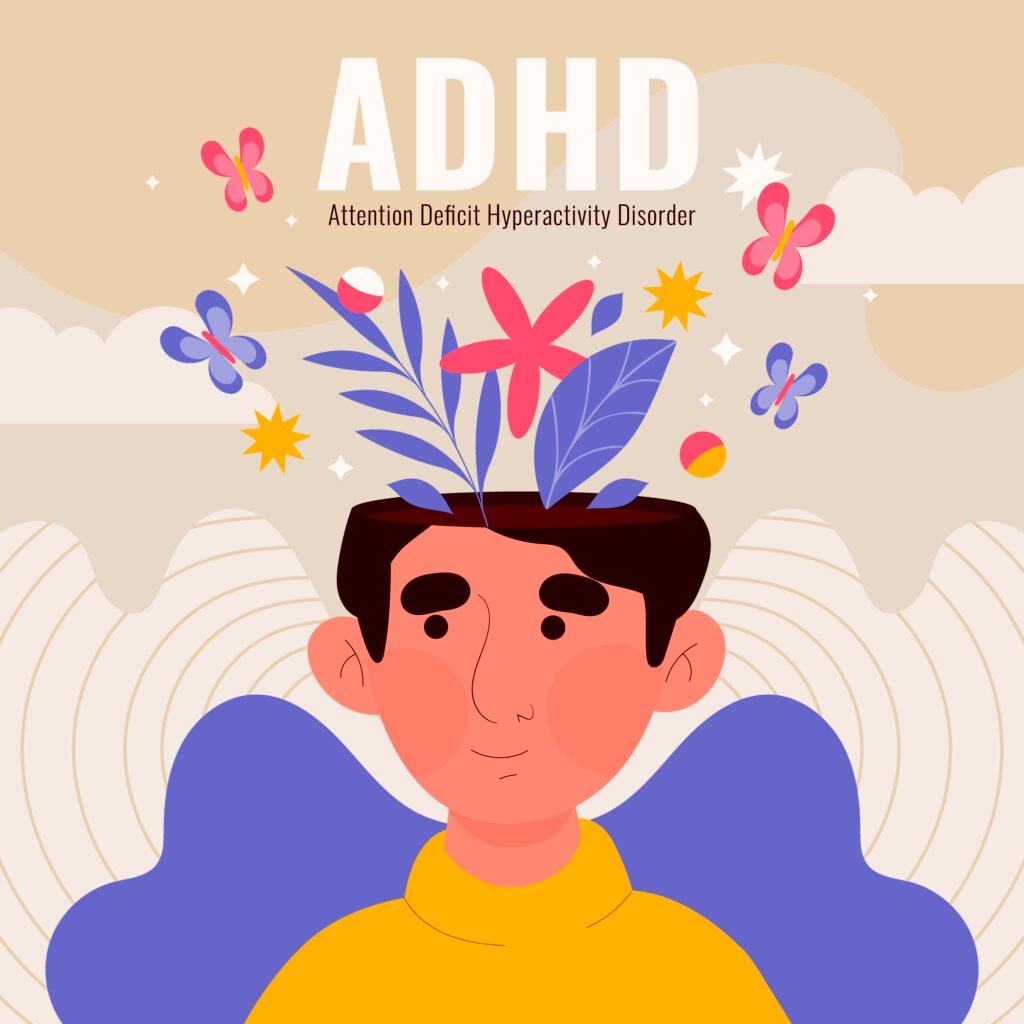Introduction: The Inner Child Beyond Nostalgia In the mental health world, the term “inner child” often gets romanticised or misunderstood. Some picture it as reliving carefree days, playing in the rain, blowing bubbles, or revisiting childhood hobbies. But real inner child work runs much deeper. It’s not just about remembering innocence; it’s about meeting the …
Introduction: The Inner Child Beyond Nostalgia
In the mental health world, the term “inner child” often gets romanticised or misunderstood.
Some picture it as reliving carefree days, playing in the rain, blowing bubbles, or revisiting childhood hobbies.
But real inner child work runs much deeper. It’s not just about remembering innocence; it’s about meeting the parts of us that still carry wounds, unmet needs, and emotional memories.
Myth #1: “It’s all about blaming parents”
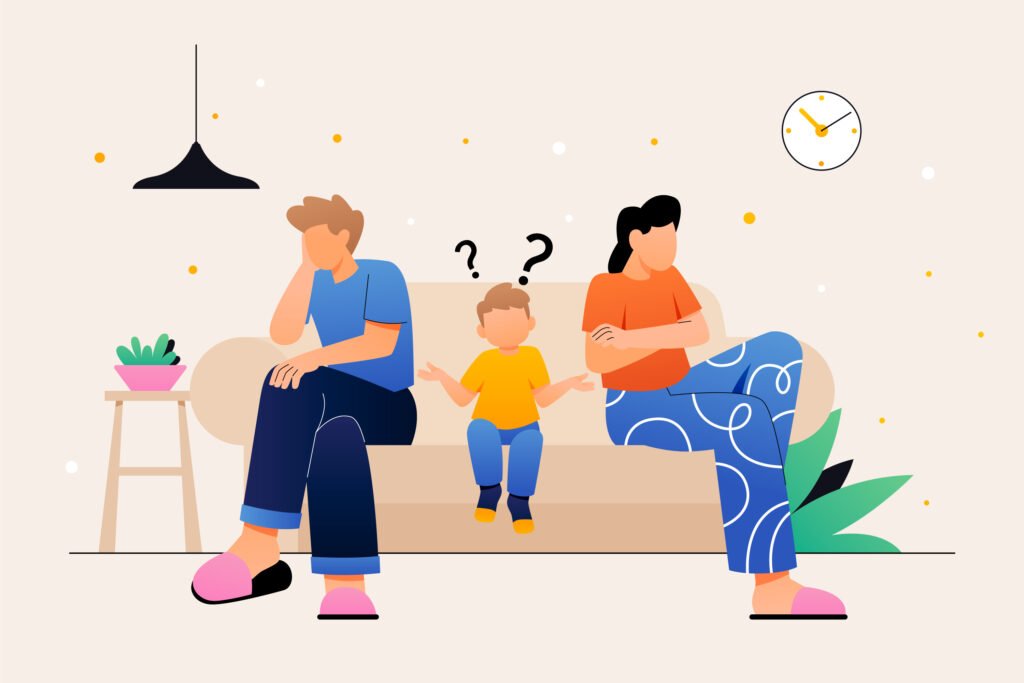
One of the most common misconceptions is that inner child work means pointing fingers at our parents or caregivers. While early childhood experiences play a role, this work is not about blame it’s about awareness.
But here’s the tricky part: staying stuck in the “blame mode” can keep us trapped. When we keep the narrative as “They Broke me, so i cant change” we hand over our power to the past.
Healing starts when we shift from:
- ”Who’s to blame” ➡️ “What can I do now?”
- “They hurt me” ➡️ “I can care for the parts they couldn’t.”
By recognising patterns that began early, we can take responsibility for how we respond today.
Example: If you grew up in a home where emotions were dismissed, you may have learned to hide your feelings. Awareness allows you to start expressing them safely now.
Myth #2: “Once I do one exercise, I’m healed”
Some believe a single journaling prompt, meditation, or therapy session can “fix” everything.
But inner child work is not a one-time event, it’s an ongoing relationship with yourself.
It’s about:
- Soothing parts of you that feel scared or alone
- Protecting yourself from old triggers
- Speaking kindly to yourself in moments of stress
Think of it as building trust with a child, it takes time, consistency, and patience.
The Truth: What the Inner Child Really Is
The inner child isn’t just a poetic idea, it’s the emotional layer within us that still hopes, fears, and longs to feel safe.
This part of us can influence our reactions, choices, and relationships far more than we realise.
Tending to your inner child doesn’t mean living in the past. It means:
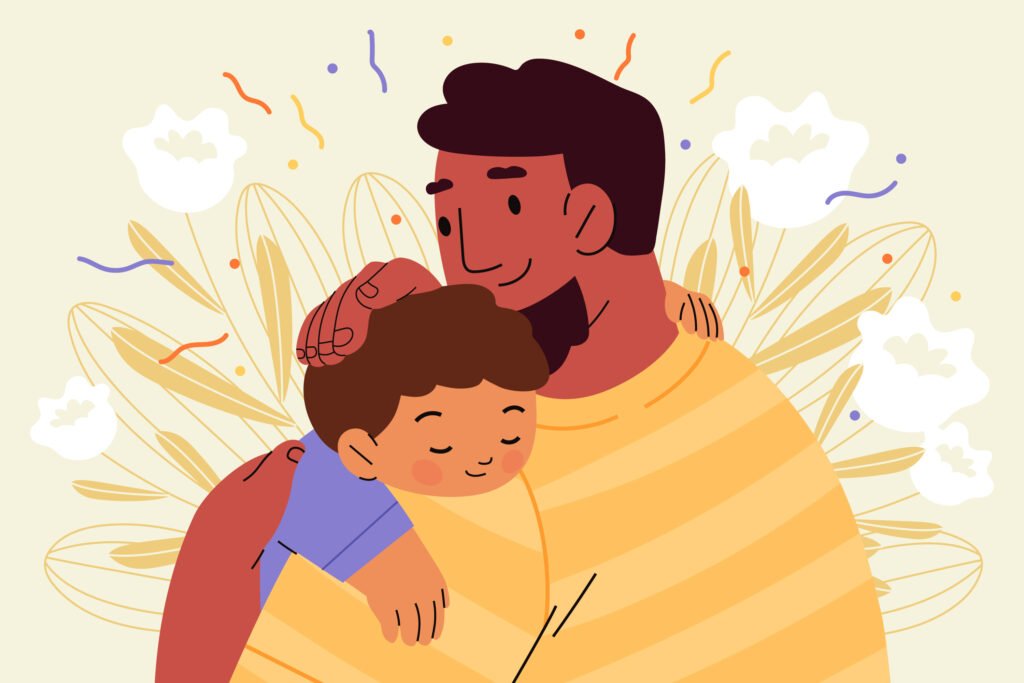
- Healing old wounds so they stop dictating your present
- Choosing new, healthier patterns
- Giving yourself permission to feel joy without guilt
3 Simple Ways to Begin Healing
- Notice Your Triggers – Pay attention to moments when you feel small, powerless, or overly defensive.
- Offer Self-Compassion – Speak to yourself like you would to a child you care for.
- Create Safety in the Present – Build routines and environments where you feel secure.
Activity: A letter to my Inner Child
Purpose: To help participants connect with, understand, and care for their inner child in a compassionate and grounding way.
Materials Needed:
- Optional: calming background music
- A notebook or journal and a pen
- A quiet, comfortable space
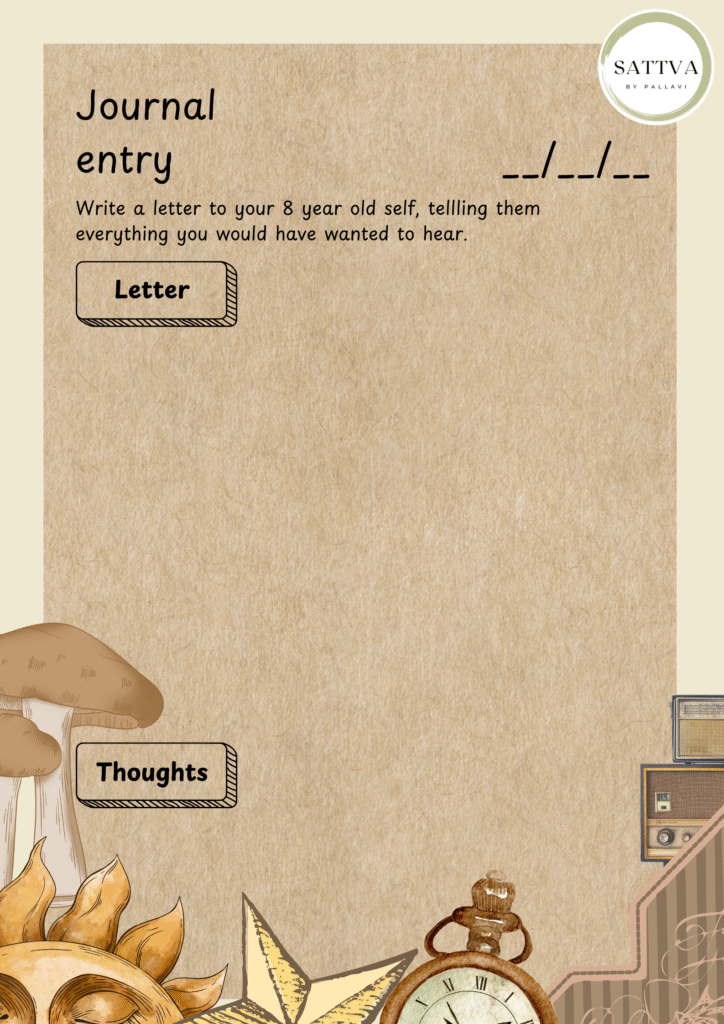
Closing Thoughts
The inner child is not a relic of the past, it’s a living, breathing part of who we are right now. By meeting this part with compassion instead of judgment, we can break old cycles, reclaim our joy, and create a healthier future.
🌱 At Sattva Wellness, we guide individuals through deep emotional work, including reconnecting and healing.
📩 Reach out today to begin your journey toward self-awareness and emotional freedom.
Credits: Therapist Devyanshi





